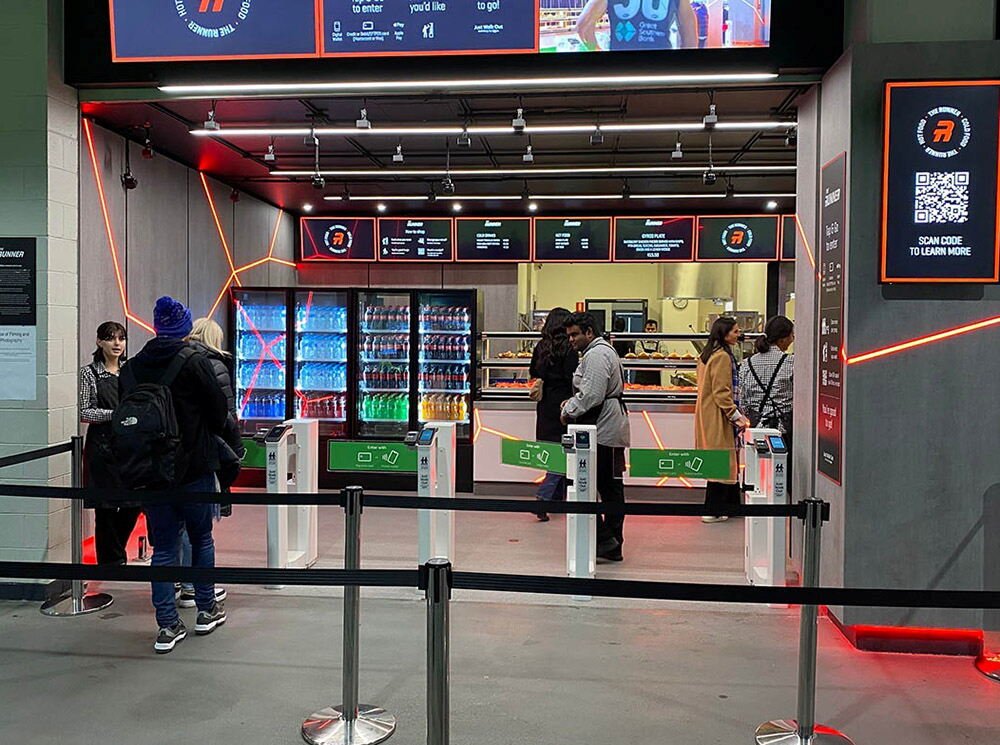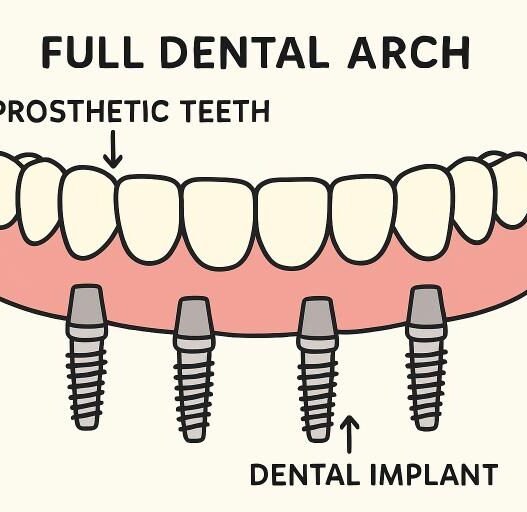Talent alone is insufficient for violin or other musical instrument mastery. The practicing environment is vital to musicians’ growth. Famous violinist Hilary Hahn, who started playing at three, knows this well. Hahn’s painstaking devotion to create the best practice environment has developed her creativity from humble beginnings in a corner of her living room to performing in the world’s most famous concert venues.
Young violinists and other musicians may learn from her advice on establishing the perfect practice area. We’ll explore how these ideas might help musicians reach their potential here.
The Significance of a Dedicated Practice Space
One of the foundational principles of Hilary Hahn’s practice method is the creation of a dedicated practice area. It’s not just a place to practice – it’s a sanctuary where focus and creativity are cultivated. Whether it’s a small corner in your room or a more expansive area, consistency in your practice space helps train the brain to enter a productive mindset. The brain associates that specific space with deep focus, facilitating the transition from everyday life to concentrated music practice.
A key feature of an effective practice space is the ability to work without distractions. It should be free from unnecessary clutter and equipped with good lighting to avoid straining your eyes while reading sheet music. The space should also have enough room to move freely and comfortably, especially when playing an instrument as delicate and physically demanding as the violin.
A mirror placed in the practice space is another valuable tool that can be transformative for musicians. Observing your posture and technique during practice helps ensure you’re developing good habits from the start. This small addition is a game-changer, allowing you to self-correct without the need for constant external feedback.
Additionally, temperature and ventilation play a major role in both the performance of the musician and the instrument. Ensuring that the practice space is properly ventilated and maintaining a comfortable room temperature can help prevent discomfort during long practice sessions. Positioning the practice space near a window to make use of natural light not only enhances visibility but also helps maintain energy levels. Daylight has been proven to boost productivity and mental focus, which is essential when practicing for hours.

Protecting the Violin: Instrument Care and Storage
Musicians use violins as extensions of their voices. Thus, proper maintenance and storage are necessary to maintain the instrument’s condition and tone. Hilary Hahn, like many professional musicians, uses Gewa Air cases to protect her violin when traveling. These lightweight, high-protection cases keep the violin secure throughout extended trips.
Violins need appropriate storage to last. Wooden violins are temperature and humidity sensitive. Avoid warping and cracking by storing the instrument at a controlled temperature and humidity. Violins should be kept out of direct sunlight and heating vents to avoid rapid environmental changes that might harm the wood.
Professional musicians check practice room conditions with hygrometers. Many high-quality violin cases have built-in hygrometers to track these elements while storing the instrument. Musicians maintain their violins to ensure they sing at their best for years to come.
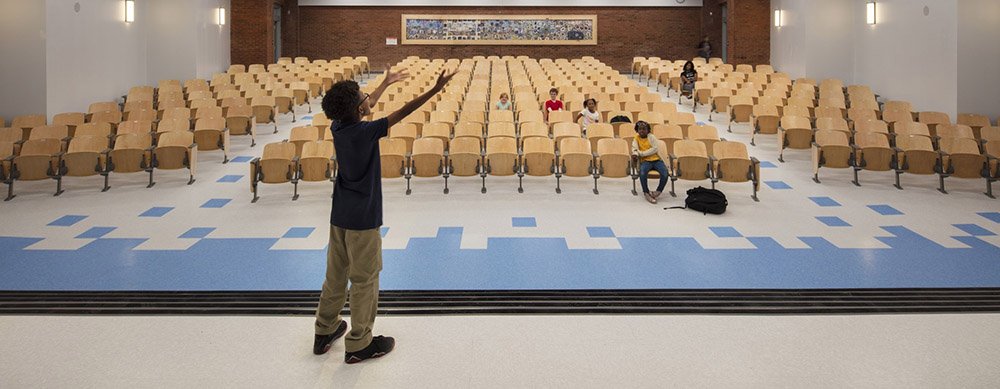
Streamlining Sheet Music Organization
For musicians, managing a vast library of sheet music efficiently is a game-changer. Professional musicians like Hahn use meticulous systems to stay organized and avoid wasting precious time searching for the right score or version. By organizing sheet music by composer and performance date, musicians can easily locate and track their repertoire for upcoming performances.
Using color-coded tabs for current pieces and long-term repertoire is another technique to improve organization. This system allows for immediate access to the music that needs attention while helping maintain a structure for long-term practice goals. Even in the age of digital music, many musicians still swear by physical sheet music, as it allows for personal annotations such as fingerings, bowings, and performance notes.
Building a detailed catalog system for sheet music not only saves time but also helps musicians track their development over time. Having multiple copies of frequently performed works – one for personal practice and another clean version for performances – is also a crucial step in maintaining preparedness for public performances. Digital backups can further enhance this organizational system, providing quick access to scores when needed.

Effective Time Management in Practice
In music, excellent practice trumps quantity. Goal-setting during practice accelerates development and mastery. The Pomodoro approach, which incorporates focused 25-minute periods with small interruptions, is an excellent time management method. This strategy boosts productivity by preventing burnout and maintaining concentration.
Also important is starting each practice session with clear aims. Knowing what to focus on eliminates aimless practice and promotes growth, whether doing technical exercises or preparing for a performance. Keeping a practice notebook to chronicle successes and areas for development might help you progress.
A timer may also help you balance technical exercises with repertoire development. Setting aside time for skills and repertoire development keeps musicians well-rounded and versatile.
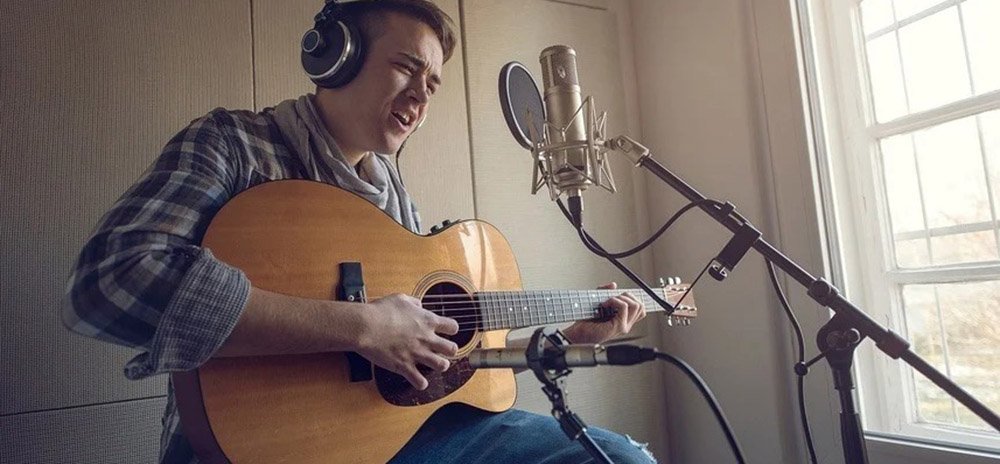
Preparing for Performance
To truly elevate one’s practice, it’s essential to simulate real performance conditions as much as possible. Setting the music stand to concert height, practicing in performance shoes, and recording sessions for later review can all help prepare a musician for the challenges of live performances. In this regard, a practice space is more than just a place to perfect technique – it’s a rehearsal space for the stage.
Having essential tools such as a metronome, spare strings, rosin, and pencils within easy reach ensures that you remain focused and efficient during practice. Furthermore, creating a pre-performance routine within the practice space can help musicians build confidence and consistency, making their transition to the stage smoother.
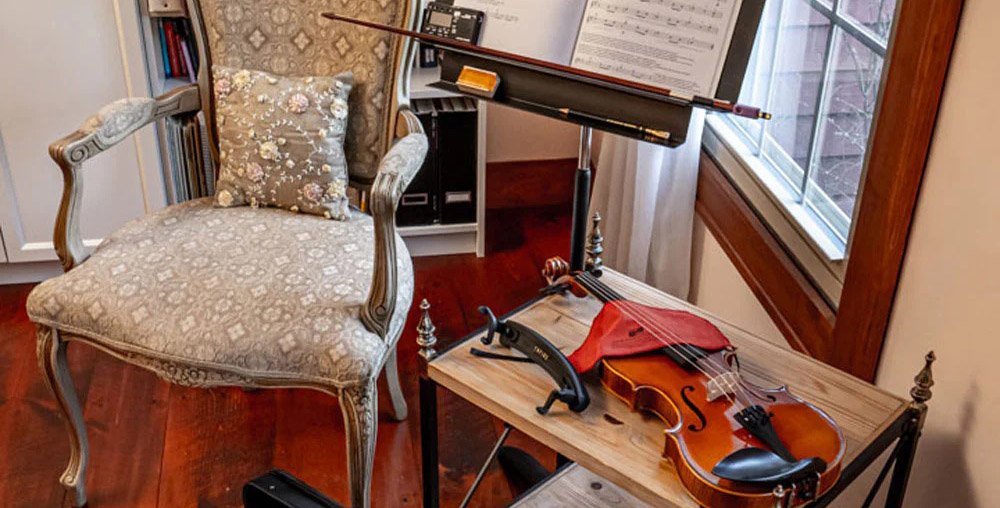
Frequently Asked Questions
How do I create a dedicated practice space?
Choose a quiet, clutter-free area with good lighting and enough space for movement. Add a mirror to check your posture.
Why is instrument care important?
Proper care preserves your violin’s sound and longevity. Temperature and humidity control prevent damage.
How can I organize my sheet music effectively?
Organize by composer, performance date, and use color-coded tabs. Keep digital backups for quick access.
What is the Pomodoro technique?
It involves practicing in focused 25-minute intervals, followed by short breaks to maintain concentration.
How can I prepare for performance in my practice space?
Simulate concert conditions by setting your stand to concert height and practicing in performance shoes.




